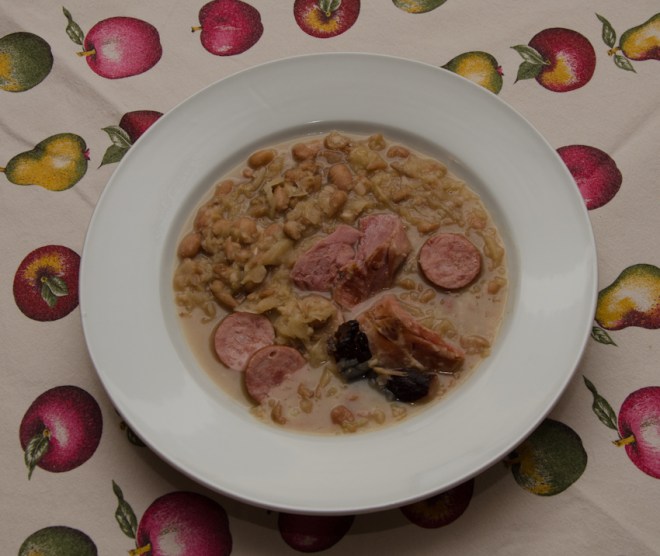 |
| Ortigia, Syracuse |
According to my Sicilian relatives, only Sicilians know how to cook baccalà. Having lived in Trieste (north Italy), I was very familiar with this fish that is cooked in a variety of ways in this region. I particularly like baccalà mantecato, (boiled cod fish and then whipped or beaten with oil and garlic – one of the most representative recipes in Venetian cuisine). I tried to introduce my Sicilian relatives to this once, but they were not interested. Sicilians are particularly conservative about food that isn’t theirs.

Baccalà mantecato is not easily found in restaurants (most restaurants in Australia cook Southern Italian food) but I have eaten it at Guy Grossi’s, The Merchant –an osteria in Melbourne with typical food from the north-east of Italy. Most of the food is presented as cichetti— bite-sized morsels.
The food at The Merchant brings back many childhood memories, including the Veneto dialect used for the names of the offerings on the menu (very similar to the Triestino dialect spoken in Trieste) .
Baccalà mantecato, has the thickness of a creamy, mashed potato. The fish spread is served cold and in my youth i ate it spread on crostini – thin slices of white bread, lightly fried till crisp in extra virgin olive oil. We passed the crostini around to guests while they drank an aperitivo. – usually a vermouth. Needless to say, a glass of prosecco or soave is also a good accompaniment. In Venice, baccalà mantecato is more likely to be spread on crostini made with cooked polenta that has been lightly toasted ( lightly fried or grilled) .

There are various recipes for how to make this and not all add milk. I was taught that the milk sweetened the taste and helped to preserve the white colour.
Thick pieces of salt cod (cut from the centre) are the thickest and the best. Leave the skin, but cut away fins and obvious bones. Cut into serving size pieces (7- 10cm). Rinse well in running water before soaking for 36-48 hours (over soaking will not spoil the fish, especially if the pieces of baccalà are thick). Keep it covered in a bowl in the fridge. Change the water at least 4-5 times.
baccalà, 800g, pre soaked
Cover the pre soaked baccalà with cold water and milk, and bring it slowly to the boil. Add a bay leaf.
The photograph of baccalà montecato was one of the entrées presented a couple of years ago as part of The Melbourne Food and Wine Festival; the event was called Around Italy in 7 Days – Travel north to south with a different gastronomic journey each night.
Massimiliano Ferraiuolo was the chef (originally from Naples) who was visiting from Italy for a week’s residence at Society Restaurant and cooking each evening. (This was the evening to celebrate food from the north of Italy). the baccalà montecato was presented on a bed of mashed fresh peas with black toasted bread (black squid ink was used in the bread mixture), sprinkled with paprika, toasted almonds and a fresh, red autumn leaf . Pumpernickel bread is also suitable.
MA2SBAE8REVW




















